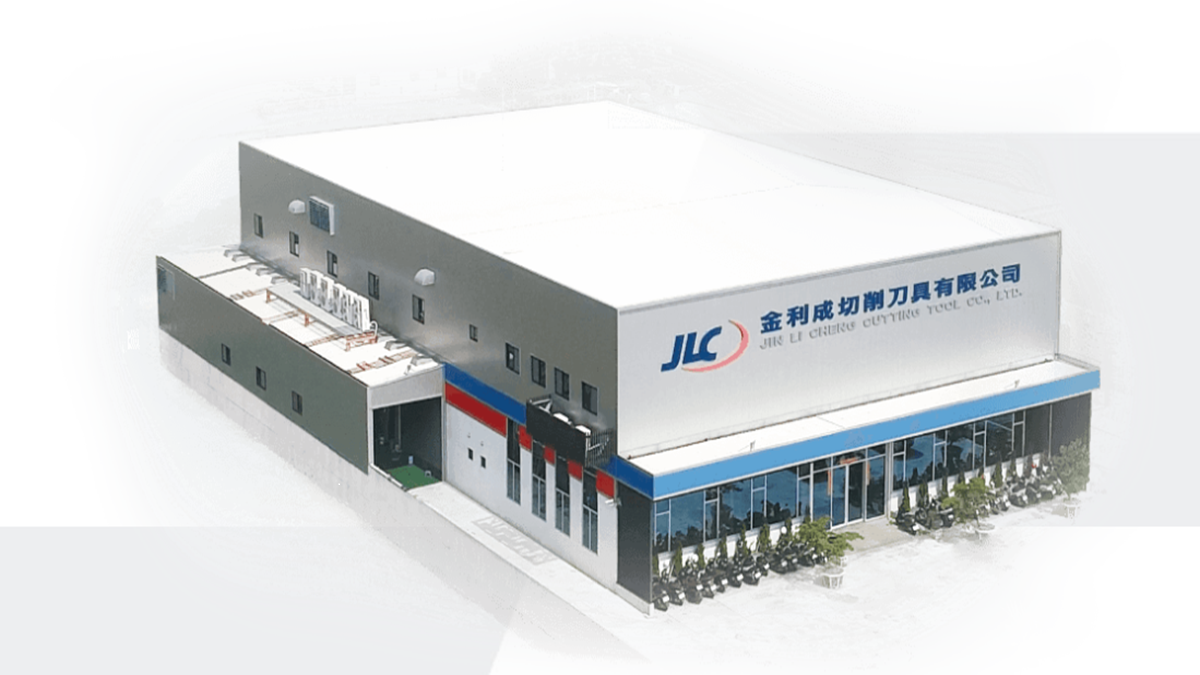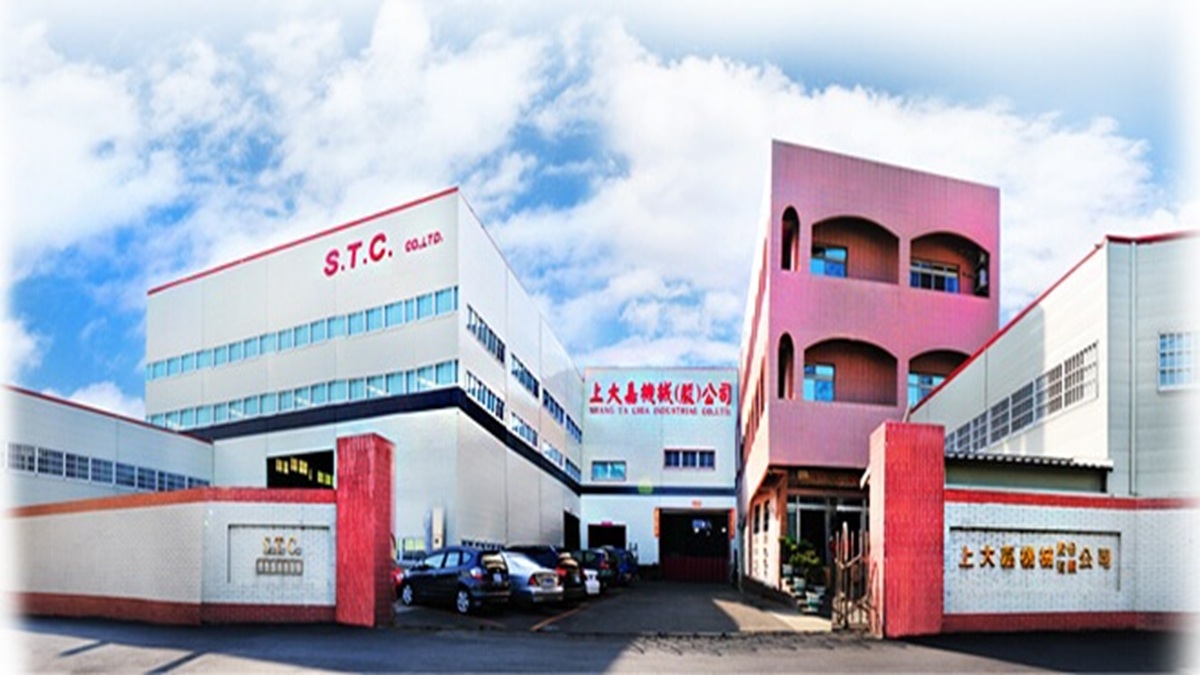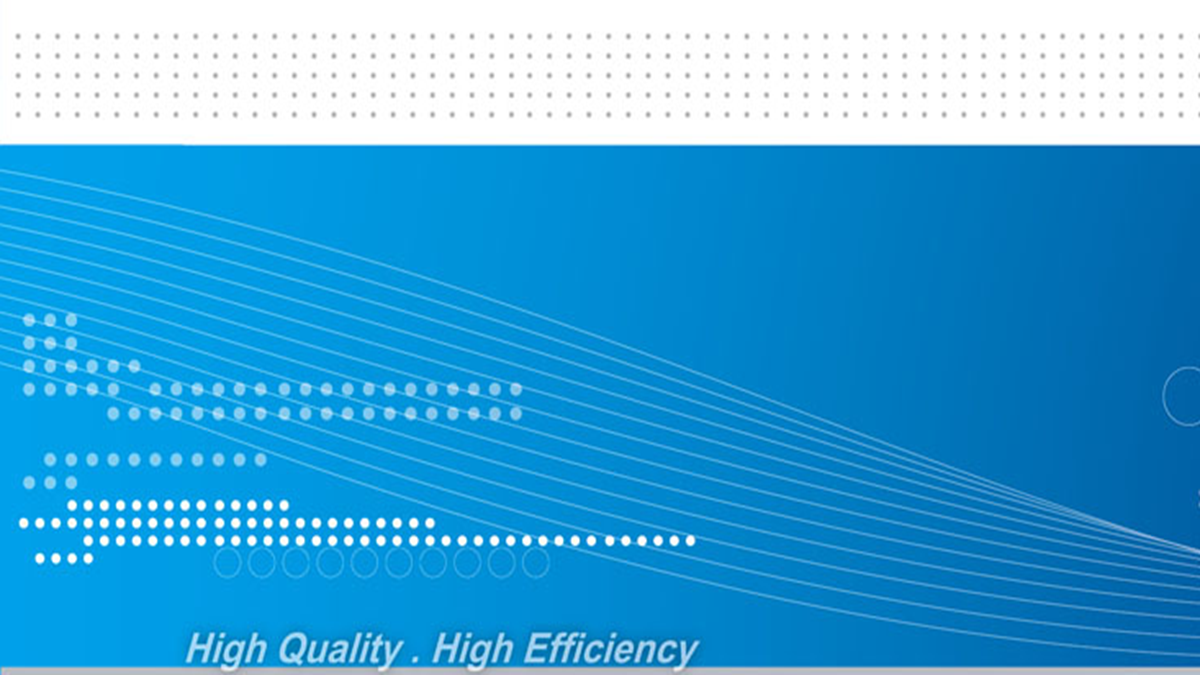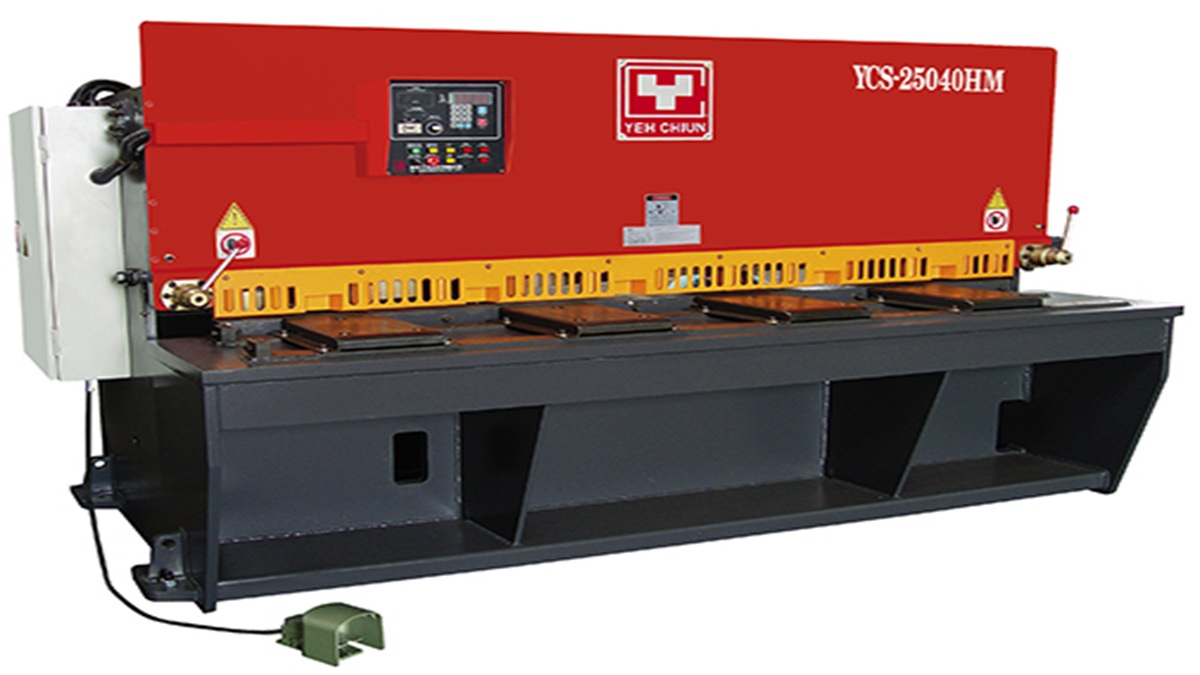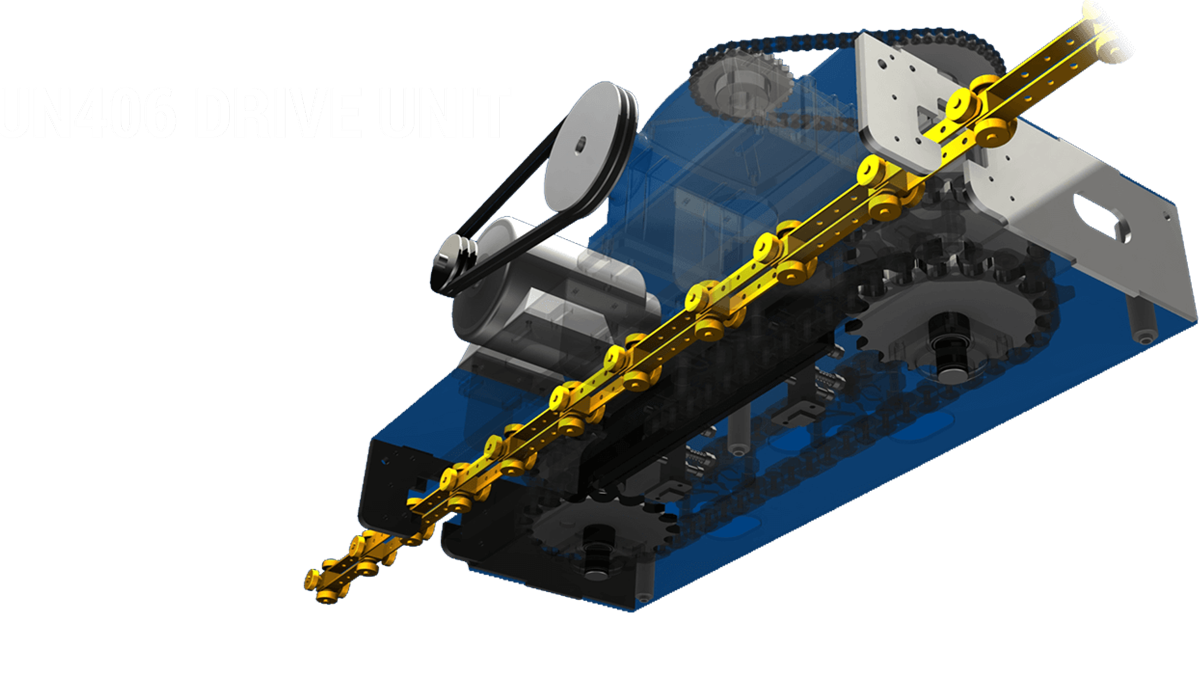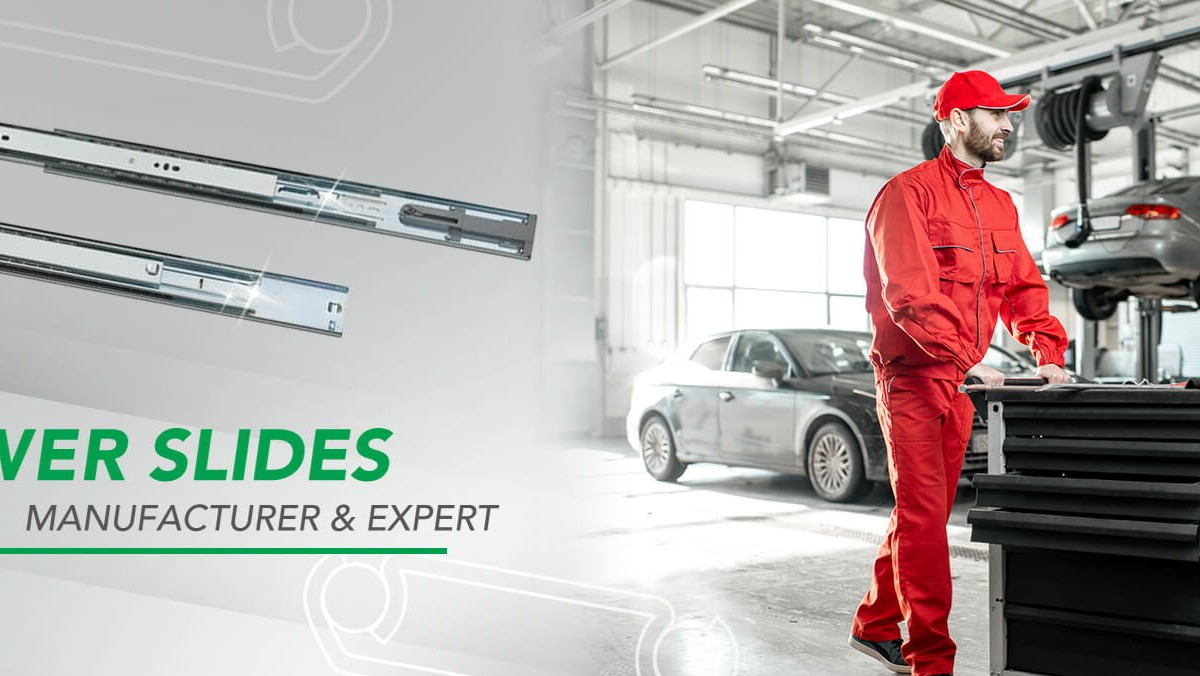The aerospace industry is more than just a dream of exploring the skies and stars—it’s a precise and innovative challenge. Behind the scenes, there’s a group of unsung heroes safeguarding flight safety: high-precision cutting tools. These tools cut through tough, hard-to-machine materials, building the unbreakable framework for airplanes, rockets, and satellites. Curious about how these tools perform crucial roles under extreme conditions of high heat, high pressure, and the demand for lightweight design? Let’s uncover the secrets of aerospace machining and see how JIN LI CHENG uses technology and expertise to become the most trusted partner in aerospace manufacturing.
Aerospace Materials and Machining Challenges
The aerospace industry covers the research and manufacturing of high-performance vehicles like airplanes, rockets, and satellites. Its core design goal is to simultaneously meet strict requirements for “high strength,” “high heat resistance,” and “lightweight construction.” To achieve this, materials such as titanium alloys, nickel-based alloys, and other high-performance metals are widely used during manufacturing. These materials offer excellent mechanical properties and corrosion resistance, allowing structures to remain stable under extreme temperatures and high pressure. However, they also bring significant machining challenges — high cutting resistance, low thermal conductivity, and a tendency to work-harden all accelerate tool wear and affect machining accuracy.
Against this backdrop, having machining equipment capable of efficiently, precisely, and stably handling hard-to-machine materials becomes a critical gatekeeper for aerospace manufacturing to achieve mass production and maintain consistent quality. Especially in modern aerospace, most parts have complex structures with very low tolerance for error, where any machining mistake can impact overall flight safety and performance. Therefore, equipment must not only offer high rigidity and strong cutting power but also be paired with advanced control systems, tool management technology, and thermal control strategies to ensure accuracy and consistency during long machining cycles.
With global aerospace demand continuously rising—from commercial aviation to space exploration—improving the machining efficiency of hard-to-cut materials and extending tool life has become a key factor driving industry upgrades and competitiveness.
From Sky to Cutting Edge: The Precision Challenges of Aerospace Machining
The aerospace industry is inherently tied to its vehicles, and since these vehicles carry passengers and cargo, safety is naturally the top and most critical priority. Imagine the devastating consequences if an aircraft were to suffer structural failure or even break apart mid-flight—such disasters are irreversible. Therefore, when machining aerospace parts, it’s not only essential to use high-strength materials that can withstand extreme heat and pressure, but even more crucial to ensure machining precision to handle the massive forces and complex stress variations experienced during flight.
This means that the machining equipment used in aerospace must offer high wear resistance, strict tolerance control, and exceptional surface quality—especially when manufacturing fuselage frames, engine components, and composite structural parts. To meet these stringent demands, modern cutting tool technology is evolving in several directions—including higher precision geometric designs, specialized coating combinations, and cutting strategies that boost machining efficiency. Moreover, developers are incorporating principles of fluid dynamics, nano-scale surface coatings, and unique tool body shapes into tool designs to significantly enhance durability, reduce wear, and ensure stable performance during extended machining operations.
Driven by these technological advances, aerospace machining is no longer just about “being able to cut hard materials.” It’s a fusion of materials science, precision manufacturing, and engineering innovation—with the ultimate goal of safeguarding the safety and reliability of every flight.
JIN LI CHENG — Your Professional Partner in Aerospace Machining
Since its founding in 1996, JIN LI CHENG CUTTING TOOL CO., LTD. has been dedicated to the research and manufacturing of high-precision cutting tools, with tungsten carbide as its core material. Tungsten carbide offers exceptional hardness and wear resistance, making it especially suitable for machining high-performance metals commonly used in aerospace, such as titanium alloys. To further enhance tool performance, JIN LI CHENG applies its proprietary ultra-wear-resistant diamond-like carbon (DLC) coating. This coating maintains the material’s inherent hardness while providing excellent high-temperature resistance and cutting stability, achieving a perfect balance between precision and efficiency—specifically designed to meet the demanding machining requirements of aerospace materials.
Beyond aerospace applications, JIN LI CHENG continues to invest in the development and production of drills, reamers, and other tools, expanding its service scope to industries such as medical, automotive, and mold making. With years of manufacturing experience and a strong commitment to quality, JIN LI CHENG delivers comprehensive and highly reliable professional machining tool solutions to its customers.
The Importance and Value of JIN LI CHENG in Aerospace Machining
With its AP series products, JIN LI CHENG has become a trusted partner in the aerospace cutting field. The AP series not only significantly improves the machining accuracy of aerospace parts but also effectively boosts overall processing efficiency and tool life, fully meeting the aerospace industry’s strict standards for high quality and stability. Thanks to consistently reliable product quality, JIN LI CHENG continues to advance in aerospace machining, gradually establishing itself as a key partner in the industry.
At the same time, JIN LI CHENG offers customers comprehensive customized solutions. Whether developing new products or optimizing existing machining processes, the company leverages nearly 30 years of professional experience to provide tailored technical support and services, working alongside customers to achieve efficient, high-quality production goals.
The Future of Aerospace Machining and JIN LI CHENG’s Shared Journey
Whether now or in the future, the aerospace industry’s demand for cutting tools remains precise and high-end. JIN LI CHENG CUTTING TOOL CO., LTD. upholds top-tier technical support and attentive service, conducting strict inspections and quality control from raw material intake and machining processes to final packaging and shipment, ensuring customers receive the best experience.
With years of R&D experience and a diverse product lineup—especially the innovative designs and advanced coating technology of the AP series—JIN LI CHENG stands as a reliable partner offering precise, durable, and highly customized solutions in aerospace machining. Looking ahead, as aerospace materials and manufacturing processes continue to evolve, JIN LI CHENG’s ongoing focus on fluid geometry design, coating technology, and materials science will likely strengthen and expand its long-term role in the field of aerospace precision machining.


